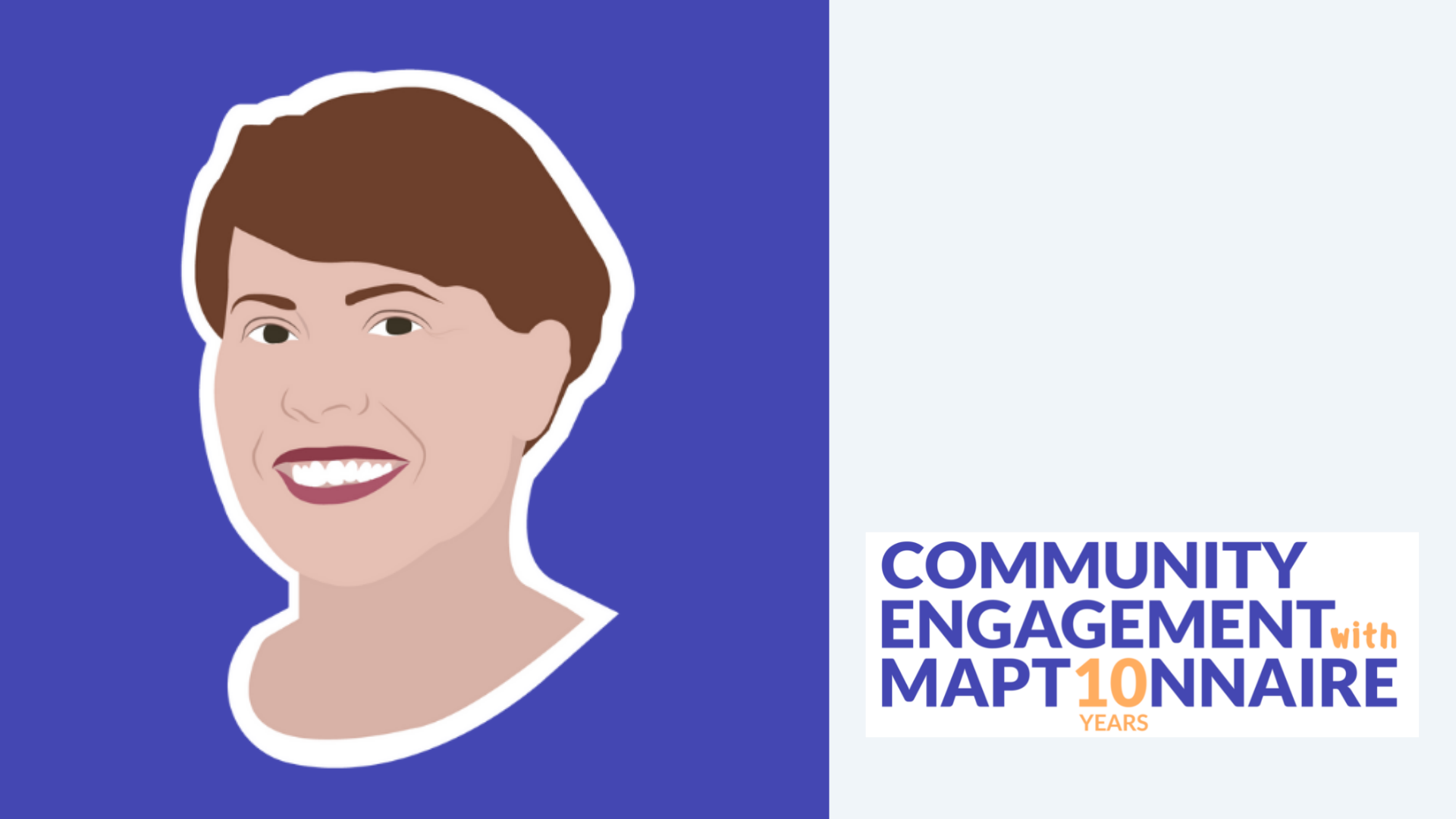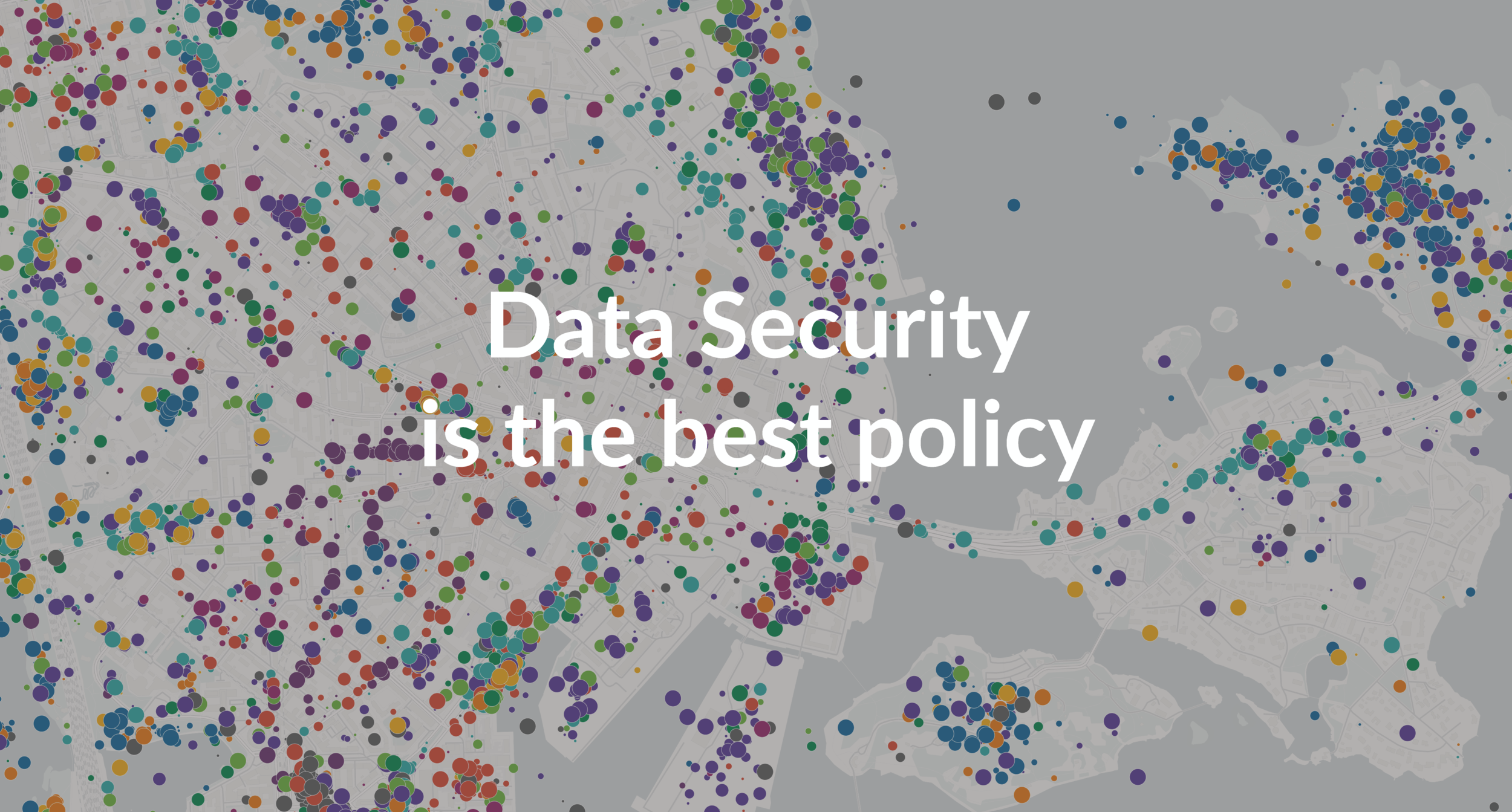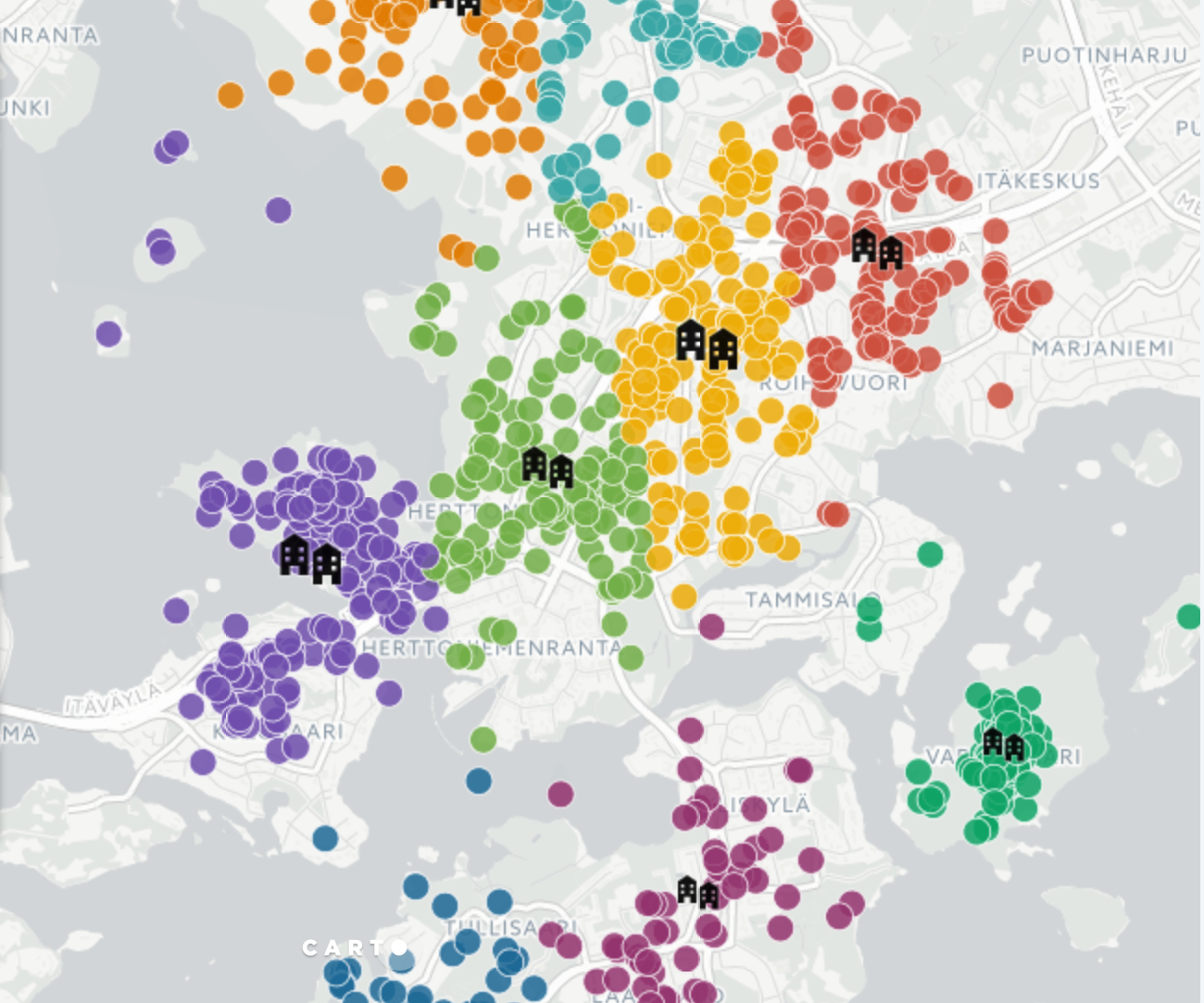Active communication with residents is recognized as a crucial aspect of urban planning, also known as public participation or participatory planning. But stakeholders in planning projects are diverse — and so are the types of knowledge they bring to the process. And traditional public participation practices have failed to reflect this diversity of stakeholders and opinions.
Public participation remains a largely top-down process, and often does not take into account the ways in which citizens self-organize and everyday practices that characterize civic engagement. What can you do to advance communication in urban planning?
Learnings for Public Participation and Communication in Urban Planning Projects
- There is a need to take into account the variety of types of knowledge presented by the public. You need to scale the existing knowledge gathering and communication methods with the help of community engagement tools.
- Digital tools should be integrated in these communicative practices in public participation.
- Public knowledge should be integrated into planning efforts. Knowledge collected with surveys and map-based tools is easier to integrate into subsequent planning projects.
- Consider the communicative and process-sensitive potential of participatory planning. Below you can find a conceptual schema describing four possible planning scenarios, and a process schema describing three primary phases in the project lifecycle
- There are possibilities for facilitating a greater number and quality of collaborative settings in the planning process. Read how the City of Vantaa advanced its communication with citizens for all citywide planning activities.
Questions about Communication in Urban Development
There are several questions that can be asked to improve communication and public participation so that it becomes more responsive to different modes of communication between stakeholders and contextual environments in the design process:
- As planning has begun to recognize the role of non-professionals in producing design knowledge, what kinds of knowledges can they produce?
- How can stakeholders with different perspectives and with different levels of professional training work together?
- How can the diversity of knowledge produced by the broad public be best combined with knowledge produced by selected stakeholders working together in small groups?
This blog post, based on articles by Staffans, Kahila-Tani, Geertman, Sillanpaa & Horelli (2020) and Staffans, Kahila-Tani & Kyttä (2020) will present a model for process-sensitive planning support. It asks the following questions:
- Does the model improve the design process by better integrating diverse sources of knowledge from the public and dedicated working groups?
- What tools does the model provide to improve process-sensitive planning (digital, non-digital, or planning support system)?

A Theoretical Model for Enhancing Communicative-oriented and Process-sensitive Planning
The model comprises two main aspects:
- a conceptual schema of knowledge creation and civic engagement, and
- a process schema.

The conceptual schema models four different communicative actions along two axes. The horizontal axis represents modes of working and the vertical axis represents knowledge needs.
1. Divergent / participative
- Broad public
- Little on no communication between urban planners and the public
- Outcome: diverse set of data but also practical ideas and knowledge from a large group of people
- Typical examples: pen-and-paper surveys, online surveys, map-based questionnaires, resident meetings
2. Convergent / participative
- Broad public
- Knowledge is subjected to the claims-testing
- Outcome: selecting ideas for further elaboration
- Typical examples: voting, walk-throughs, face-to-face meetings
3. Divergent / collaborative:
- Large number of small groups
- Collaboration
- Outcome: variety of ideas for later phases
- Typical examples: work-shops, resident meetings
4. Convergent / collaborative
- A single small group
- Integrate existing ideas into a coherent vision
- Outcome: provides information for the planning process
- Typical examples: hackathons, work-shops

The process schema divides the planning process into three primary phases, each with its own periods of divergence and convergence:
- In the goal setting phase, initial ideas are generated by engaging a broad public, which then undergo convergence to define a shared set of guiding principles.
- During the vision phase, the guiding principles developed during the goal setting phase are elaborated into potential visions with the participation of lay and professional groups. These are then subject to testing to produce one or two primary visions for the project.
- The plan phase sees the chosen vision(s) subject to input from a broad public, whose comments are used to refine the vision into a plan.
Applying the Model: Comparing Two Case Studies of Urban Planning & Communications
In order to evaluate whether the model supports communication-oriented and process-sensitive planning, two case studies were compared. Both are located in the Otaniemi neighborhood in Espoo, a city in the greater Helsinki metropolitan area.

Evaluating Case 1: Public Participation in Otaniemi
- Mainly one-way communication from planners to wider public
- Generated a wide breadth of divergent knowledge
- Knowledge even from a single project can span several project phases and be held by different organizations
→ CHALLENGE: consolidating data for coherent analysis and subsequent rounds of decision-making
Evaluating Case 2: Collaboration in Otaniemi OK
- Smaller number of groups representing different stakeholders
- Rich dialogue & two-way communication
→ CHALLENGE: discussion was limited to interpreting analysis results that had been prepared beforehand + discussions were not integrated into the formal planning process
Both cases demonstrate a need for a greater number and quality of collaborative settings in the planning process.
- Support for combining knowledge from professionals as well as laypeople to create opportunities for creating stronger proposals.
- Creating spaces for true co-working around analysis, rather than simply transmitting information to participants.
- Pushing the boundaries of information technology: although many digital tools were well-represented in both cases, they mostly supported one-way communication.
Source articles:
- Staffans, A., Kahila-Tani, M., Geertman, S., Sillanpaa, P., & Horelli, L. (2020). Communication-Oriented and Process Sensitive Planning Support. INTERNATIONAL JOURNAL OF E-PLANNING RESEARCH, 9(2), 1-20. https://doi.org/10.4018/IJEPR.2020040101
- Staffans, A., Kahila-Tani, M., & Kyttä, M. (2020). Participatory Urban Planning in the Digital Era. In: HANDBOOK OF PLANNING SUPPORT SCIENCE, editors: Stan Geertman & John Stillwell.
Suggested reading from our blog:







.webp)

.jpeg)
-min.jpeg)
.jpg)




















.jpeg)























.jpeg)


.jpeg)










.jpeg)
.jpeg)
.jpeg)




.jpeg)










